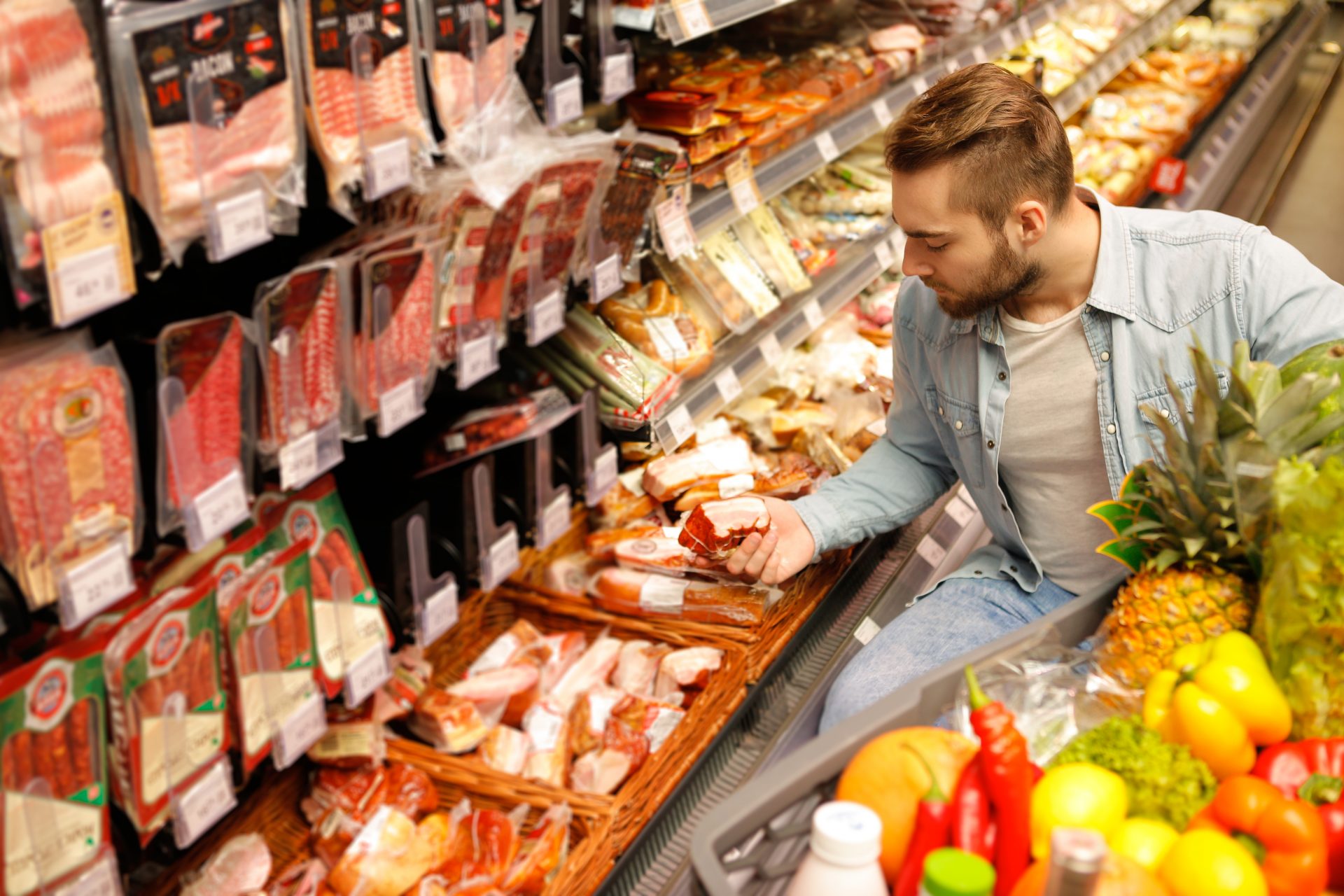How to Find Sustainable Spices
The notoriously opaque spice industry can be hard to navigate for US consumers, who may wonder where their spices come from and whether they’ve been grown ethically and sustainably. An average jar of spice at the supermarket might be sourced from hundreds or even thousands of farmers, and the contents may change hands multiple times on the journey from plant to kitchen. This long supply chain is good for distributors’ pockets, but it’s ultimately bad for the small farmers growing the spices, who are often underpaid for their crops. It’s also bad for consumers seeking transparency.
Because of the lack of transparency, it’s nearly impossible to know how exactly the spices we buy from across the globe were grown and whether the people growing and harvesting those spices were treated fairly. We do know that many spices are grown in monocultures and producers use methods which harm local ecosystems and require huge amounts of water, fertilizer and pesticides.
The good news is that there are now many more sustainable options when it comes to buying spices, in the supermarket, at the farmers’ market and maybe from your own garden.
Find Sustainable Spices at the Grocery Store
McCormick’s iconic red and white labels still dominate the spice aisle, but they reveal little else than is the name of the spice inside the jar in question. Reach instead for jars with labels that give information about where the spices come from, or how they were grown. A good label to look for is Fair Trade, which ensures that spices (as well as myriad other goods from chocolate to coffee to bananas) are grown under fair working conditions, and bought from farmers for a fair price (just know that there are several fair trade labels and there are some that are more reliable than others). The USDA Organic label mean that spices have met US governmental criteria for their growing practices, including limited pesticide use and no GMOs.
Find Sustainable Spices Online
Fair Trade and Organic labels aren’t perfect (for one, using these labels does not entirely solve the supply chain transparency issue), and many grocery stores may not even carry them. So, what about buying from a source you trust? A number of direct-to-consumer online spice companies have popped up in the past few years and promise high levels of transparency and sustainability some of them sourcing just one kind of spice, like saffron or peppercorns. By focusing on a small number of providers, these companies can ensure that their products are grown sustainably, and that their farmers are compensated fairly.
Although usually slightly higher in price, these single-origin spices tend to be fresher, and therefore more potent, than their conventional counterparts. This means that they’ll last longer and lend more flavor to dishes, and that less can be used when cooking.
Here are a few of these companies:
- Burlap and Barrel’s founder, Ethan Frisch, travels the world to source interesting and rare spices directly from farmer-owned cooperatives. Spices include Black Urfa Chili and blue poppy seeds.
- Mother- and daughter-owned company, The Mala Market, sources key ingredients in Sichuanese cooking, including Sichuan peppercorns, which were banned from import to the US until a decade ago.
- Diaspora Co sources one spice only — turmeric — that is sustainably grown by fairly-paid farmers in India.
- Curio Spice is a women-owned company with a brick and mortar store in Cambridge, Massachusetts, that sells directly sourced, small-batch spices.
- Started by a team of US military veterans, Rumi Spice sources saffron from Afghan farms with the intention of helping Afghan women find paid employment.
Find Sustainable Spices at the Farmers’ Market and in Your Garden
Many of the spices that we buy in the US are imported, because to grow them demands a specific climate. It’s undeniable that cinnamon, curry and cardamom — all tropical spices — cannot grow outside in a Chicago garden. But did you know that many common spices can be grown locally in the US?
For instance, coriander and cumin, essential flavors in Mexican and Indian cuisine (amongst others), are actually seeds from plants that can be grown in most climate zones. Coriander comes from the seeds of the cilantro plant, and cumin from a plant in the parsley family. Paprika, literally meaning pepper, can be made out of dried and ground peppers that you grow in your garden. Last year, I even had success growing lemongrass at the Brooklyn farm where I work. Next time you’re wondering if a favorite flavor can be grown in your garden, do a bit of research or check the Seasonal Food Guide, and you may have some luck.
If you don’t have the time or space to grow your own, many local farmers’ markets will have at least a few offerings of locally grown spices. And, while roots like turmeric and ginger can easily be grown outdoors in Hawaii and Florida, lately more farms are experimenting with growing them in their greenhouses. (FYI, you can also grow these in window pots wherever you live.) Farmers in Vermont are experimenting with growing saffron with the help of local universities. As long as the spice you’re looking for doesn’t come from a tree or large bush, it’s very likely you can find it locally. All over the country, the local spice narrative is taking hold.
More Reading
Can scorecards push supermarkets to do better?
December 9, 2024
What to know about nonstick cookware
December 6, 2024
Resources to help you pickle, ferment, jam, can and more
October 16, 2024
Quinces are due for a renaissance
September 16, 2024
Six unusual greens to try
September 4, 2024
Can sushi be sustainable?
August 26, 2024
These 5 new cookbooks will help you master late-summer eating
July 29, 2024
Cooking oils and sustainability
July 26, 2024
Celebrate seasonal eating with our 5-night late-summer meal plan
July 22, 2024
Interested in foraging your food? Try a guided tour
May 29, 2024

